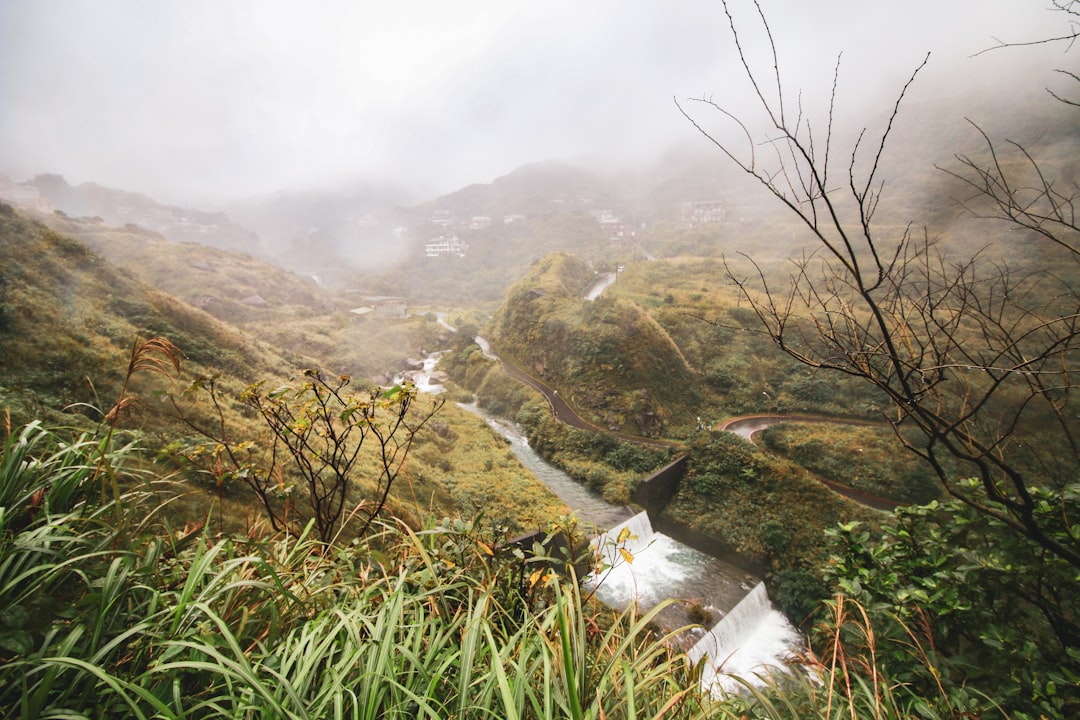What is it about?
An investigation of the engineering geological properties and geotechnical parameters of rock masses along a horseshoe-shaped head race tunnel (HRT) in the Teesta stage-III hydroelectric project, Sikkim, India, was carried out to analyze the rock mass properties for optimum support system. The empirical methods, field tests and numerical modeling were employed to determine rock mass properties. Several empirical equations and statistical analysis were performed to obtain the rational and reasonable results. The tunnel passes through different geological formations and critical zones. The field investigations indicate the presence of five joint sets, which contribute towards the development of unforeseen wedges along the tunnel alignment. The attitudes of joints were measured by Brunton compass and analysed with Dips v.5.1 software. The potential wedge block analysis and factor of safety (FS) were determined using Unwedge v.3.0 software. The rock mass classification, assessment of tunnel stability and necessary support types were carried out with Q, RMR and RMi systems as empirical tunnel support design methods. The numerical method (Phase2 v.6.0) was used to quantify plastic zone and squeezing potential of the tunnel. The installed support systems as per empirical methods were cross-checked by means of numerical modeling, field observations and engineering judgments. According to the results from different methods, 3.0-4.4 m rock bolts, shotcrete 0.1 - 0.15 m, wire mesh and final concrete lining were proposed. It was observed that the plastic and deformed zones surrounding the excavation area got appreciably reduced after the recommended support installation.
Featured Image
Why is it important?
The plastic and deformed zones surrounding the excavation area got appreciably reduced after the recommended support installation.
Read the Original
This page is a summary of: Engineering geological and geotechnical investigations along the head race tunnel in Teesta Stage-III hydroelectric project, India, Engineering Geology, October 2014, Elsevier,
DOI: 10.1016/j.enggeo.2014.08.022.
You can read the full text:
Contributors
The following have contributed to this page










